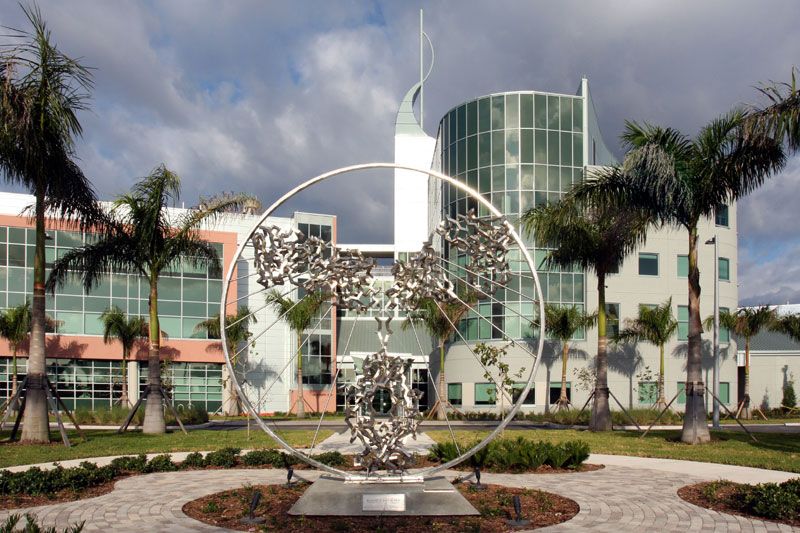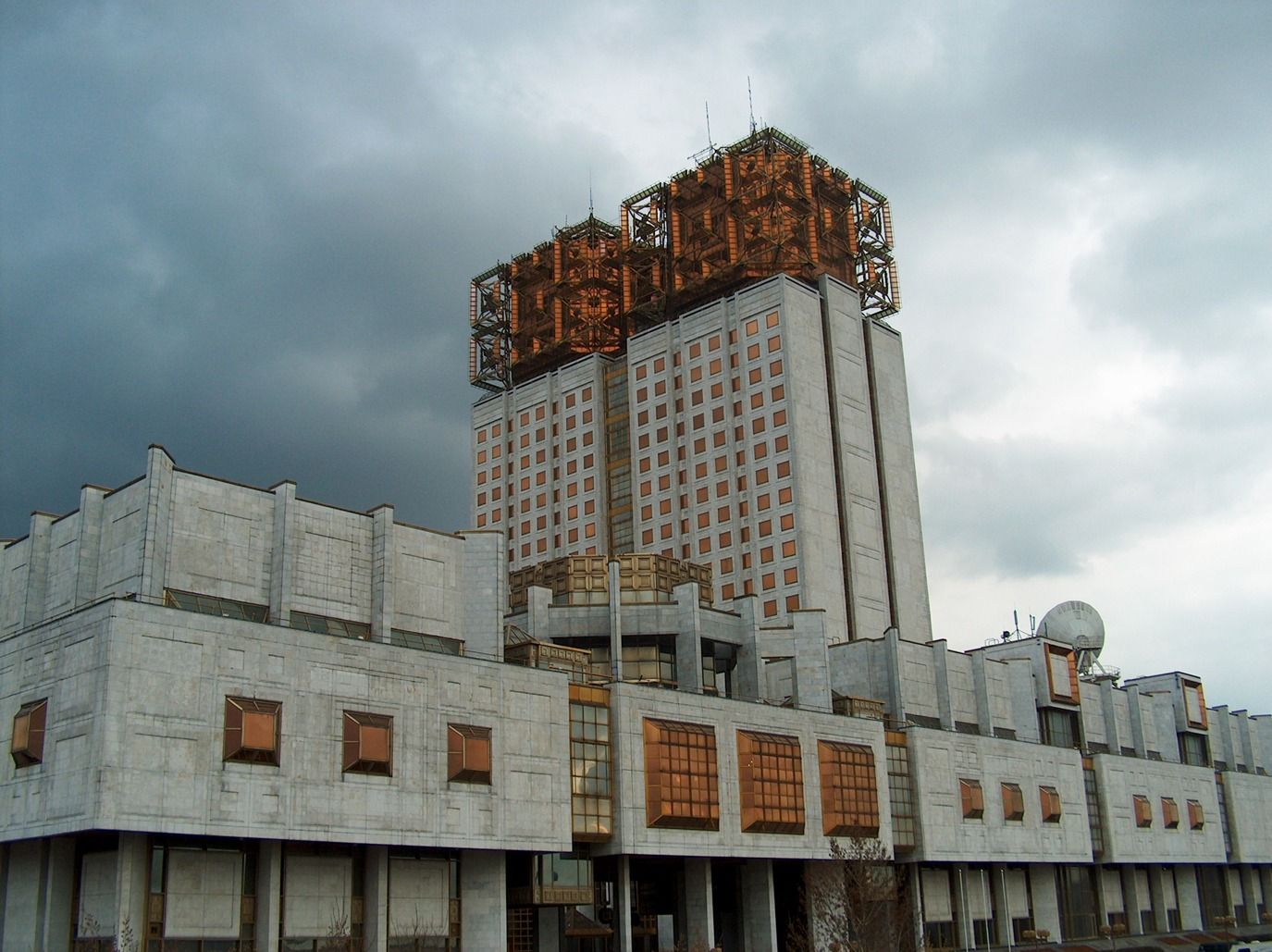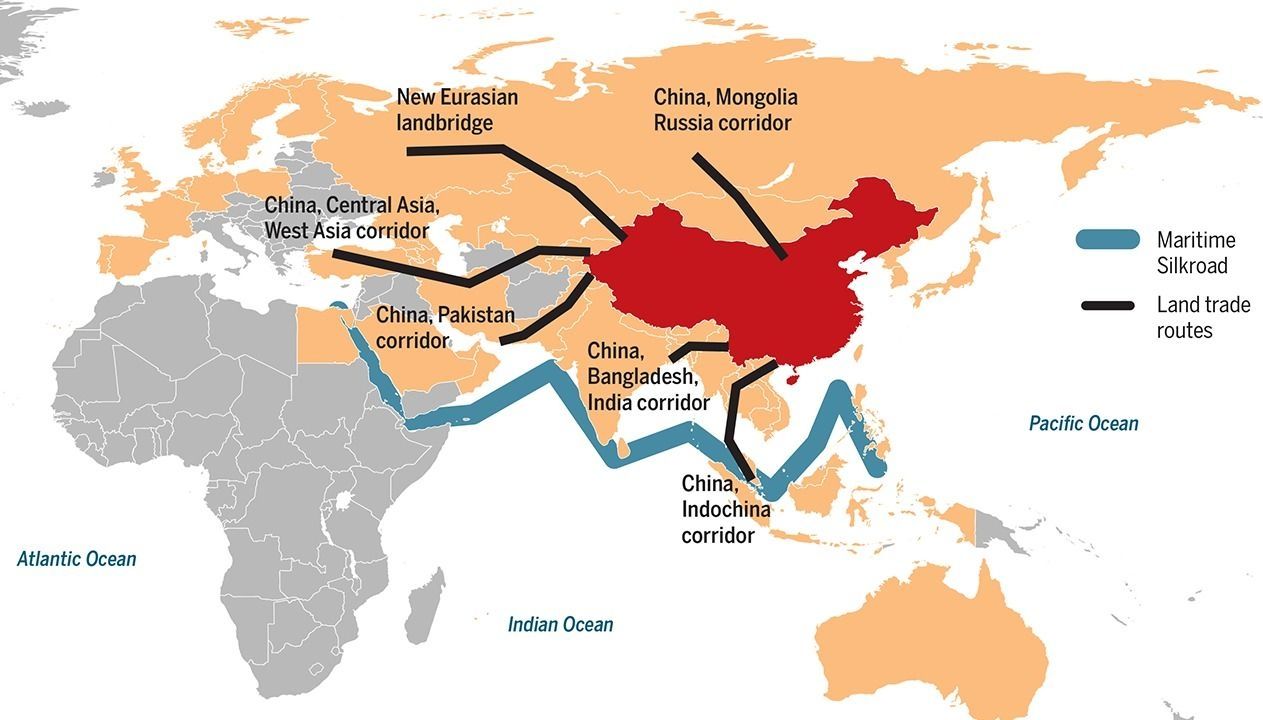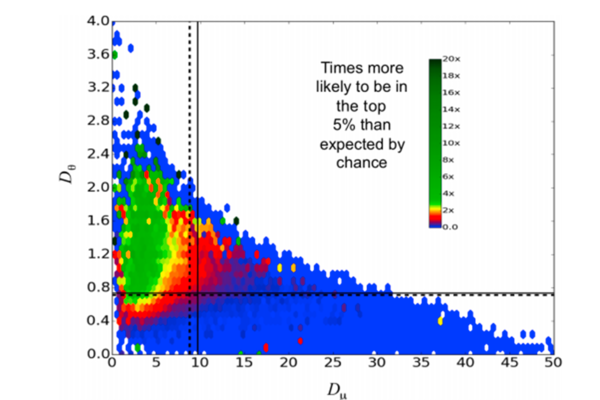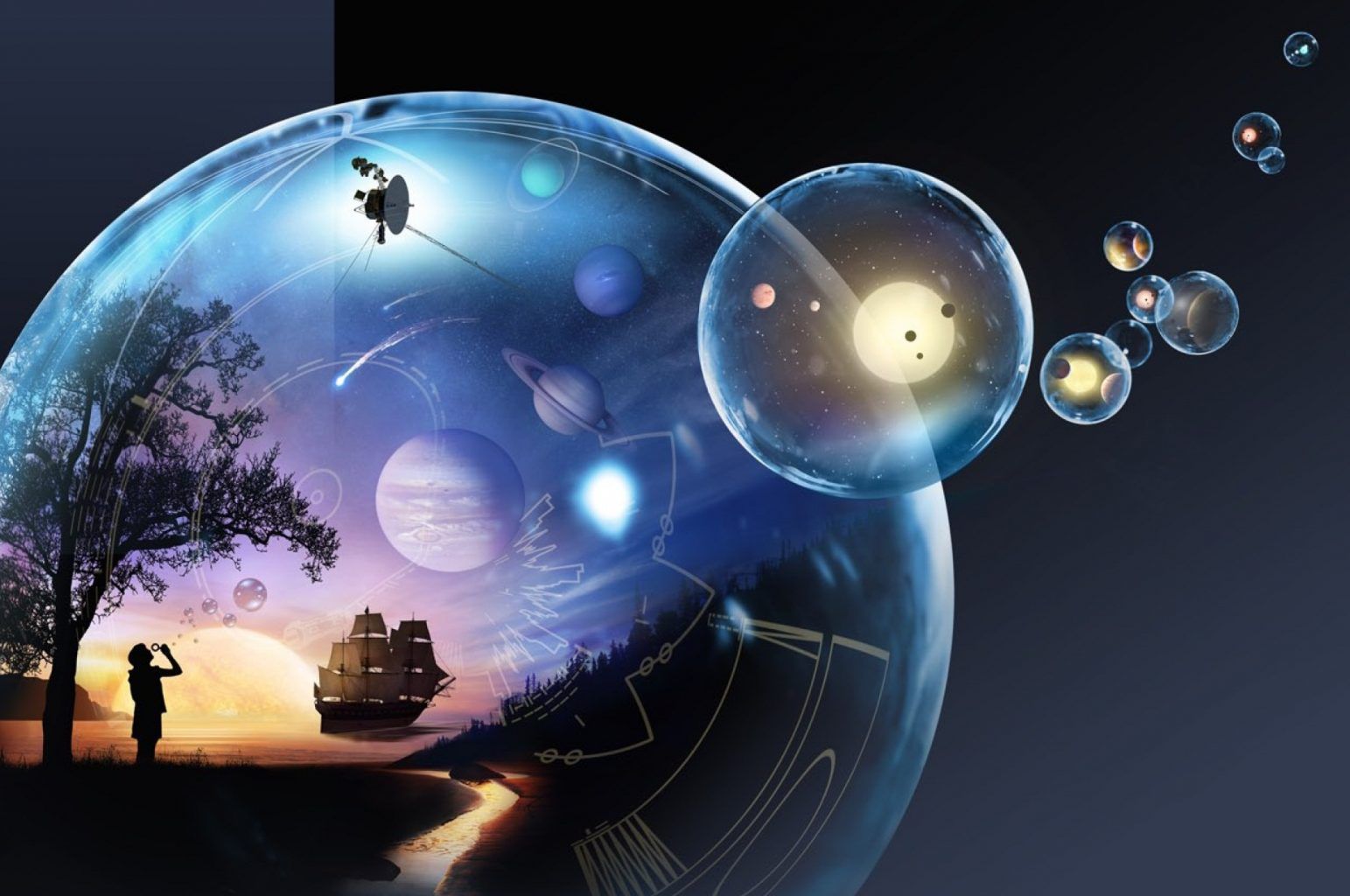The concept of repairing age-related damage to prevent diseases is now mainstream and openly talked about by most acadmics.
Earlier this year the second Scripps Florida Symposium was held and now this open access paper reports on the event. The title of of the event was ‘Advances in Therapeutic Approaches to Extend Healthspan’ and was held on January 22nd–25th, 2017 at The Scripps Research Institute in Jupiter, Florida.
It is once again very refreshing to see that the focus of the researchers here is now firmly on intervening on the various aging processes in order to prevent or treat age-related diseases. Less than a decade ago suggesting addressing the aging processes to treat disease as a preventative form of medicine would have jepordised the chances of funding, or even damaged a researcher’s career prospects. Now the majority of researchers are engaged in exploring the potential of increasing healthspan (the period of life spent free of age-related disease) with the aim of delaying or preventing age-related diseases.
The taboo of talking about doing something about aging
Whilst there is still resistance in academia to talk in public about the potential of these therapies leading to not only healthier but also longer lives, it is nonetheless a step in the right direction. The discussion has changed dramatically in the last decade and the taboo of targeting the aging process has largely been banished, this in our view is a good thing. Only the most conservative scientists cling to the idea that nothing can be done about aging despite the mountains of evidence suggesting otherwise.
